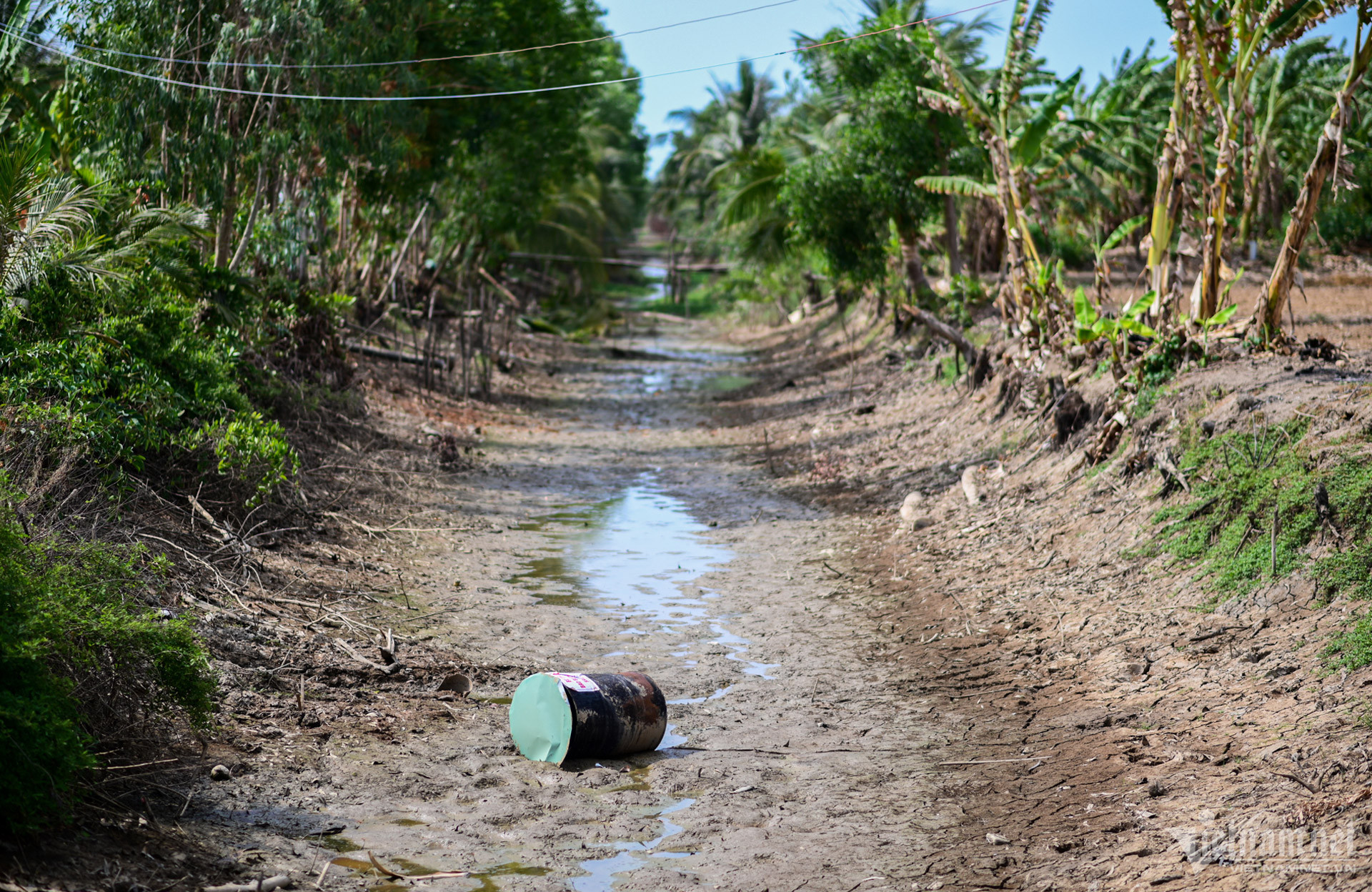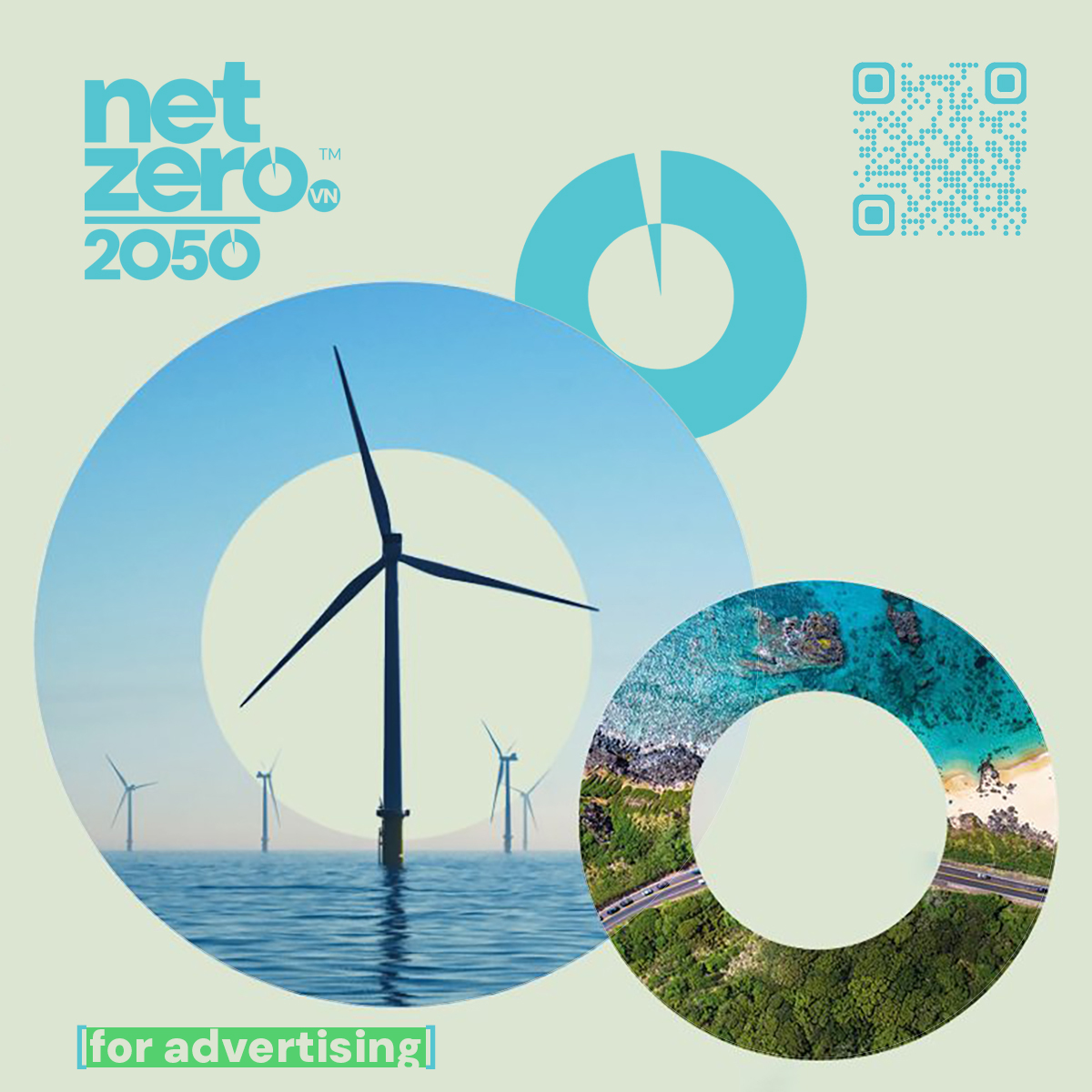
As climate change intensifies, nearly half of the world’s nations – accounting for about 80% of global emissions – have pledged to achieve net-zero emissions by mid-century.
Vietnam, among the countries most affected by climate change, has been actively integrating into global climate governance and translating commitments into concrete action.
Vietnam’s climate engagement began with landmark international agreements that built a solid political and legal foundation for domestic policies.
In 1994, Vietnam joined the Vienna Convention and the Montreal Protocol to phase out ozone-depleting substances, committing to reduce HFC consumption by 80% by 2045.
That same year, it ratified the UN Framework Convention on Climate Change (UNFCCC), aligning with the principle of “common but differentiated responsibilities.”
In 2002, Vietnam ratified the Kyoto Protocol and participated in the Clean Development Mechanism (CDM) to attract green investment and technology transfer.
The 2016 Paris Agreement marked a turning point, as Vietnam submitted its first Nationally Determined Contribution (NDC) with specific mitigation and adaptation targets.
At COP26 in 2021, Prime Minister Pham Minh Chinh made the historic pledge for Vietnam to achieve net-zero emissions by 2050, framing climate action as the highest development priority.
Vietnam also joined major global initiatives such as the Glasgow Declaration on Forests, the Global Methane Pledge, and the Global Adaptation Alliance.
In 2022, it signed the Just Energy Transition Partnership (JETP) with an initial $15.5 billion funding package to move from coal to clean energy.
Domestically, Vietnam has enacted strong policies, starting with the 2008 National Target Program to Respond to Climate Change, followed by the 2020 Law on Environmental Protection – its first law to define greenhouse gas emissions, NDCs, and carbon neutrality.
A series of decrees and strategies now guide sector-specific targets across energy, transport, industry, agriculture, waste, and land use.
Vietnam has begun piloting an emissions trading system (ETS) in the steel, cement, and thermal power sectors, with plans to connect to international carbon markets under Article 6 of the Paris Agreement.
Renewable energy growth has been rapid: solar power reached 21% and wind power 5% of national capacity by 2022, compared to near-zero in 2018. Offshore wind capacity targets are set at 6,000 MW by 2030 and 17,500 MW by 2035.
Forestry initiatives include planting 20,000 ha of mangroves by 2025 and piloting forest carbon credit exchanges. Updated NDC targets aim to cut emissions by up to 43.5% by 2030 with international support.
The financial sector is also engaging, with climate credit lines such as BIDV’s €50 million facility from AFD to fund green projects.
Challenges remain – mobilizing $368 billion by 2040 for a just transition, upgrading grid infrastructure, improving domestic technology capacity, and ensuring widespread public engagement.
But with clear strategies, growing international partnerships, and firm political will, Vietnam’s path to Net Zero is underway.
PV




